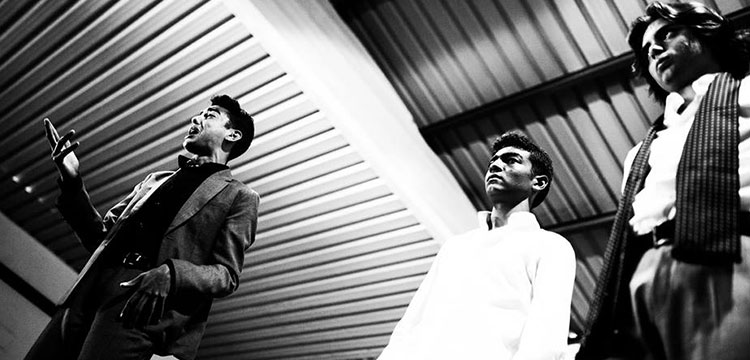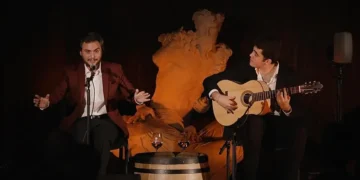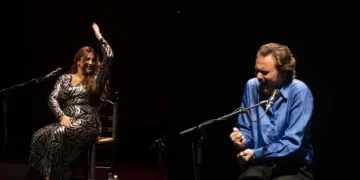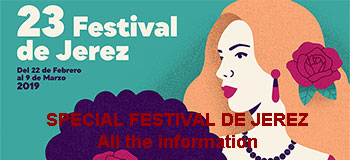These young interpreters offered a moving and much-awaited recital in La Puebla de Cazalla, receiving a standing ovation for the depth of their singing and their promising intensity.
Text: Sara Arguijo
Photos: Rufo
At the entrance to town, a sign welcomes us with three words – “flamenco, arte y naturaleza” – which is a kind of slogan that sums up the fundamental pillars that sustain La Puebla de Cazalla and which, without realizing it, map out the physical and emotional path for a Sunday that was going to be different from any other.
In the first place, because it isn’t every Sunday that flamenco followers set their alarm clocks to get in the car and head for a recital which may be hundreds of kilometers away. And in the second place, it isn’t normal to attract 500 people at 1:00pm for a benefit concert the last day of the week. And thirdly, because it’s even stranger that such a gathering would end up with the entire audience deeply moved and on their feet.
The reason, a program titled Renuevo del Cante Viejo, which took its name from José Menese’s 1970 recording of the same name, as journalist Carmen Arjona explained in the presentation, for the first time bringing together on the same stage three young singers who, still under-age, are for many the great flamenco promise, free of any additional adjectives. Three names: Pepe el Boleco (La Puebla de Cazalla), Alonso Núñez “El Purili” (La Línea de la Concepción) and Manuel de la Tomasa (Sevilla), whom we’ve been hearing about for months thanks to the unusual quality of their sound and the promising careers augured by the depth and the anachronism of their ways.
In that atmosphere of expectation and curiosity, the afternoon got underway with the three artists on-stage accompanied by the impeccable guitars of Rubén Lara and Antonio García, and the compás of the Hermanos Gamero behind a sort of student’s desk that reminded us of what made the accomplishment all the more unusual.
Thus, from the outset, and throughout a repertoire in which they traded off verses of soleá, tangos, seguiriyas, fandangos, mining cante, tonás and bulerías, the singers showed absolute respect for flamenco, a contagious will to learn and soak up what they could from each other. It was magical to observe the good-spirited competition, the way they delved into their abilities and to see them seeking out their own particular interpretations. Which is why they were moving even in their own imperfection, and we prefer to overlook the many references and just enjoy what they came to offer. From the savage depth of el Boleco, to the good taste and elegance of de la Tomasa and the serenity and natural grace of Purili. Flamenco, Arte y Naturaleza, just as we’d been advised.
Needless to say, a lot needs to be constructed, but let’s hope – we think – that in 25 or 50 years we’ll be able to see them again in the same vein. With the same freshness, the same yearning, the same strength. Even if by then it’s an encounter of old men with new songs.
Photo gallery:
Videos:

















